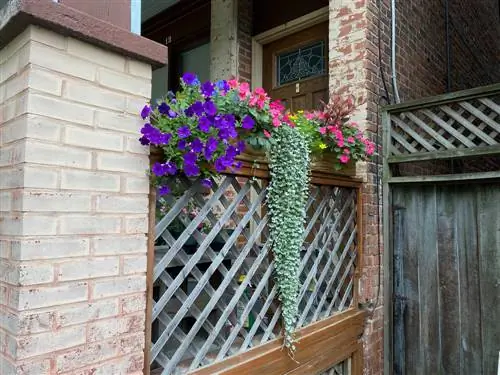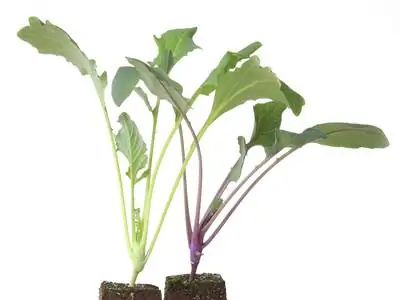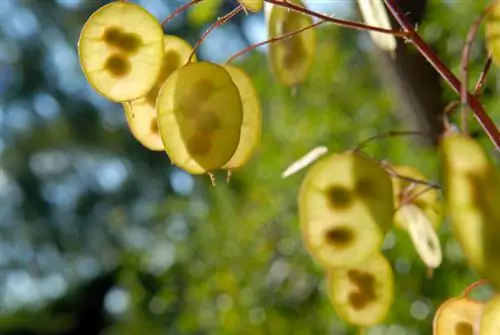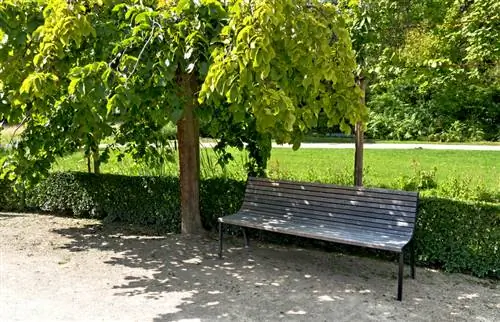- Author admin [email protected].
- Public 2023-12-16 16:46.
- Last modified 2025-01-23 11:20.
Betula pendula, as the silver birch is botanically correctly called, is not only found in large numbers in forests, fields and fields in this country, but also in many gardens. The native deciduous tree with the characteristic white bark is happy with almost any surface - as long as it is bright enough there. In addition, the silver birch grows very quickly and can be easily propagated through its seeds.

What are the fruits of the silver birch?
The fruits of the silver birch (Betula pendula) are small wing nuts that contain numerous seeds. These ripen between July and September and are spread by the wind, which enables the silver birch to multiply and colonize quickly in forests and fields.
Wedding birch reproduces very quickly from seeds
The silver birch is a real pioneering spirit because it colonizes brownfields in no time. It has to be fast and be able to assert itself effectively against other plants. The silver birch has developed a clever strategy for this because it prefers to reproduce via its seeds, which are spread very widely by the wind. These are contained in small, inconspicuous wing nuts - the fruits of the silver birch - and ripen between July and September. The seeds germinate just three weeks after they are planted. The seedlings reach considerable sizes within a very short time - as I said, birch trees have to be quick to establish themselves in nature.
Sowing silver birch seeds
If you want to cultivate a silver birch in your garden, you don't necessarily need to buy such a tree from the tree nursery. Instead, you can dig up an already developed seedling and replant it in its new location - it will usually do very well there and grow quickly. You can also plant seeds you have collected or purchased yourself and cultivate your own tree right from the start. Such an approach is particularly recommended for bonsai lovers who can train the tree accordingly. Proceed as follows when sowing:
- Plant the seeds in bowls or pots with potting soil.
- These should be covered with soil by about one to two centimeters.
- Place the pot in a bright location
- and keep the substrate slightly moist.
The seeds will germinate within about two to four weeks. You can transfer the young seedlings to more nutrient-rich substrate as soon as they have reached a height of around 15 to 20 centimeters.
Tip
One to two-year-old shoots that are cut in early summer are suitable for propagation from cuttings. Make sure to always seal interfaces on the mother plant well.






